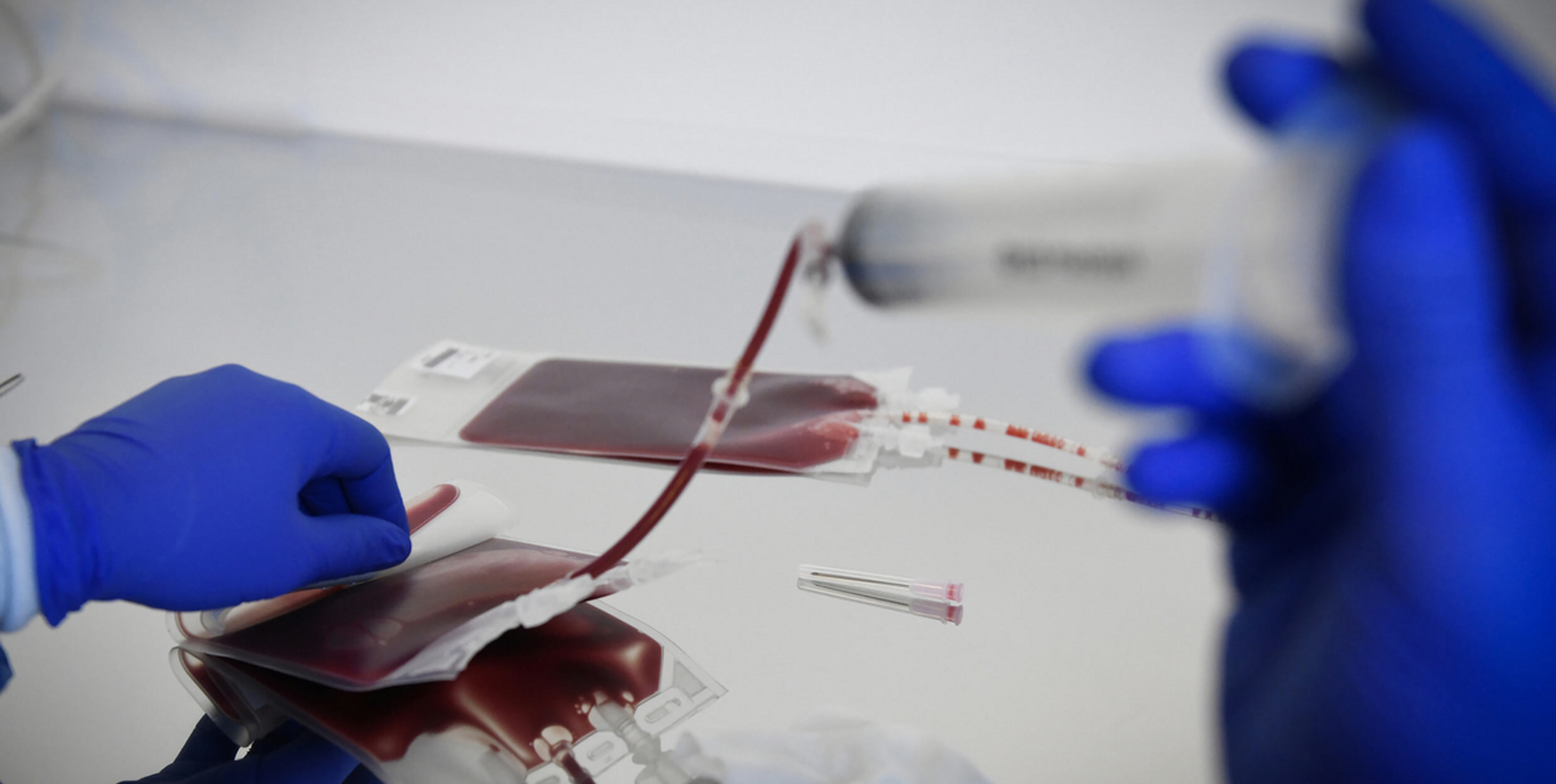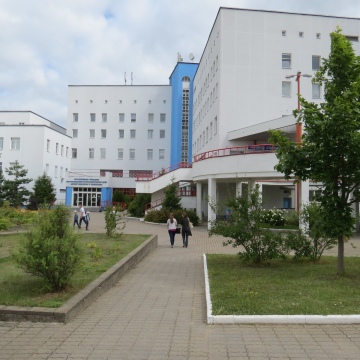
CAR-T therapy (Chimeric Antigen Receptor T-cell therapy) is an innovative immunotherapy method used to treat certain types of childhood cancer, especially acute leukemia and lymphoma. CAR-T therapy is based on the modification of the patient's own T cells, which are trained to recognize and destroy cancer cells. This method has demonstrated high efficiency in the treatment of relapsed and refractory forms of acute lymphoblastic leukemia (ALL) in children.
How does CAR-T therapy work?
- T-cell harvesting: A blood sample is taken from the patient and T-cells (immune system cells responsible for fighting infections and cancer cells) are isolated.
- Genetic modification: T cells are modified in the laboratory by introducing genes that cause the cells to produce specific receptors called chimeric antigen receptors (CARs). These receptors allow the T cells to recognize and attack cancer cells.
- Growing the cells: The modified T cells are expanded in the lab to create enough cells for therapy.
- CAR-T cell injection: The modified T cells are injected back into the patient's body. They begin to seek out and destroy cancer cells throughout the body.
Indications for CAR-T therapy in children
- Acute lymphoblastic leukemia (ALL). CAR-T therapy is indicated for children with acute lymphoblastic leukemia who have not responded to standard treatment (chemotherapy) or who have relapsed.
- Diffuse large B-cell lymphoma (DLBCL): In some cases, CAR-T therapy may be used for lymphoma that has not responded to other treatments.
CAR-T therapy is not effective for all types of cancer, and research into its use is ongoing.
CAR-T therapy procedure
- Preparatory stage: Before the CAR-T cells are injected, the patient may be given low-dose chemotherapy (lymphodepleting therapy) to reduce the number of normal T cells and create a more favorable environment for the CAR-T cells to proliferate.
- CAR-T cell administration. CAR-T cells are infused into the patient through an intravenous infusion. After this, the active fight against cancer cells begins.
- Monitoring and observation. The patient is closely monitored for several weeks after the infusion to monitor for possible side effects and assess the effectiveness of the treatment. This often occurs in a specialized medical center.
Efficacy of CAR-T therapy
- High remission rates. For many children with acute lymphoblastic leukemia who have not responded to other treatments, CAR-T therapy results in significant improvements, with some patients achieving complete remission.
- Duration of effect. Some patients may experience long-term remission, but relapses are possible in some cases. Research is ongoing to study the long-term efficacy and safety of CAR-T therapy.
Long-term observation
- Regular check-ups: After CAR-T therapy, children need regular check-ups to monitor their health, detect possible relapses, and manage side effects.
- Immune support: Patients may require regular immunoglobulin replacement therapy to support the immune system.
- Psychological support. Cancer treatment can be stressful for children and their families. Psychological support and counseling can help cope with emotional difficulties.
Advantages of CAR-T therapy in Belarus
- Personalized approach. CAR-T therapy is developed individually for each patient, using his own cells.
- High efficiency. Even in children with severe forms of leukemia that were resistant to treatment, CAR-T therapy demonstrated impressive results.
- New treatment options: CAR-T therapy opens up new perspectives for cancer treatment, especially for patients with limited treatment options.
CAR-T therapy for children is a revolutionary treatment that has given hope to many families facing severe forms of cancer. Although the treatment may come with significant risks, its potential for remission is impressive. Patients and their families should work closely with their doctors to understand all aspects of the treatment, its benefits, and potential complications.
Q&A
Подготовка и модификация Т-клеток в лаборатории могут занять несколько недель. За это время пациент может получать поддерживающую терапию.
В некоторых случаях возможно повторное лечение, но это зависит от состояния пациента и особенностей рака.
В зависимости от состояния пациента могут использоваться химиотерапия, трансплантация стволовых клеток или другие виды иммунотерапии.

